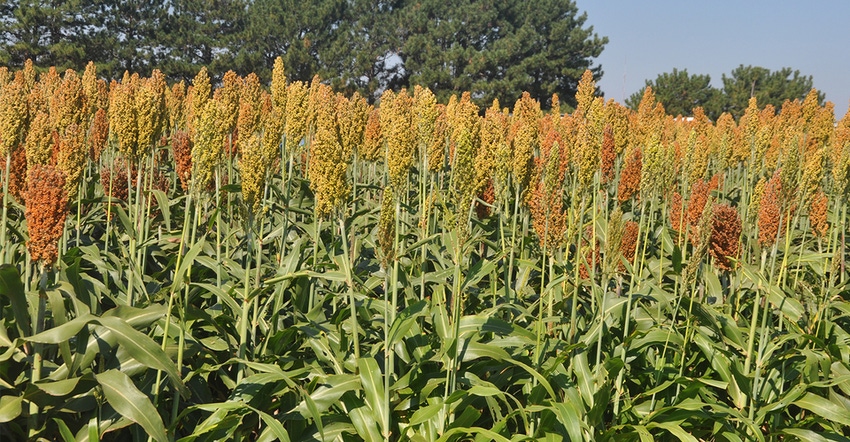October 29, 2018

By John Duff
Folks outside of agriculture often chuckle when they hear farmers referring to the aroma emanating from a feedyard as "the smell of money." However, the reasoning behind the term is not always fully appreciated, even by those who use it. Does it mean a feedyard is really just a pungent-smelling gold mine? Far from it. Commodity markets move together, so beef prices rarely move completely opposite grain prices. Rather, "the smell of money" refers to the value added to grain just beyond the farm gate.
By this reasoning, fuel ethanol production also smells like money (ethanol plants have their own aromas, as well — those of beer and fresh bread). The value fuel production adds to grain has been understood and appreciated by farmers for almost a century. Depression-era photos from states like Nebraska promote buying "gasohol" as a way to boost Midwest farm profitability. And, the modern ethanol industry is rooted in the tiny on-farm production facilities that were scattered from Minnesota to New Mexico in the 1970s and 1980s.
Adding value to grain is even more important today than it was then. This year’s U.S. national corn yield is set to be the highest on record, and I don’t believe the trend toward bigger and bigger crops will reverse itself anytime soon. These crops will continue to pressure commodity prices even as input costs remain high and equipment costs continue to rise. For this reason, creating more value for sorghum is a top priority — now more than ever — for National Sorghum Producers and the sorghum checkoff. Today, the lowest-hanging fruit is creating more demand for ethanol.
As I’ve written recently, ethanol demand is curtailed by the Blend Wall, which amounts to a limit on the percentage of ethanol that can be blended into the U.S. gasoline supply chain. This percentage hovers near 10% (e10), and the corresponding volume of ethanol that can be blended roughly matches current U.S. production capacity. This is a real problem, but it also represents significant opportunity as every additional gallon of ethanol blended amounts to new grain demand.
The effort to promote widespread purchases of 15% blends, or e15, is well-known and much needed. Think about it: An average fuel tank holds approximately 12 gallons and is refilled around 45 times per year. An extra 5% of this space devoted to ethanol would mean 27 gallons of additional consumption per year or roughly 9.5 additional bushels of sorghum or corn demand. This isn’t a big number, but remember, almost 264 million vehicles are registered in the U.S. Converting just 40% of them to e15 would make an additional billion bushels of grain disappear.
The Trump administration recently announced plans to relax an unnecessary regulatory barrier to year-round e15 sales. While this is an incredibly positive development, a clear regulatory pathway alone will not drive the volume of additional ethanol sales needed to change the value game for grain farmers.
We must promote ethanol at every turn, focusing our attention squarely on providing information and market access to consumers. This is why the sorghum industry has devoted resources to two important and related efforts aimed at promoting e15 and the infrastructure necessary to supply it.
I will write in more depth next month about our efforts to facilitate greater usage of e15 in the U.S. National Sorghum Producers and the sorghum checkoff have already been a part of exciting initiatives, and we’ve got more in the pipeline. Stay tuned, and in the meantime, remember to speak out on behalf of ethanol. I’m fueled by it. Our staff and boards are fueled by it. What fuels you?
Duff is a strategic business director for National Sorghum Producers. He can be reached by email at [email protected].
You May Also Like




